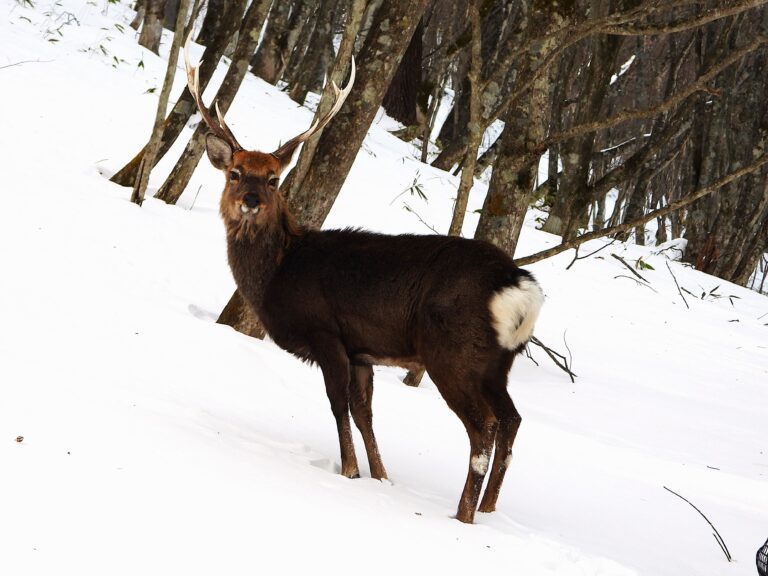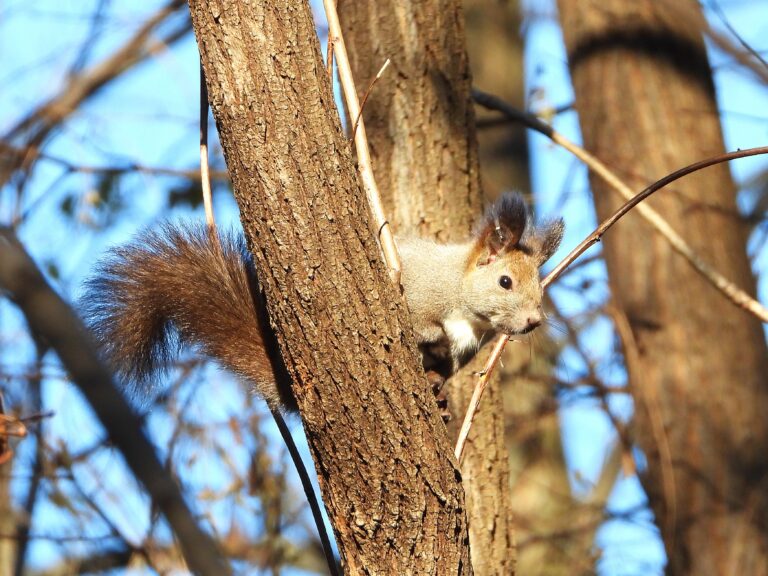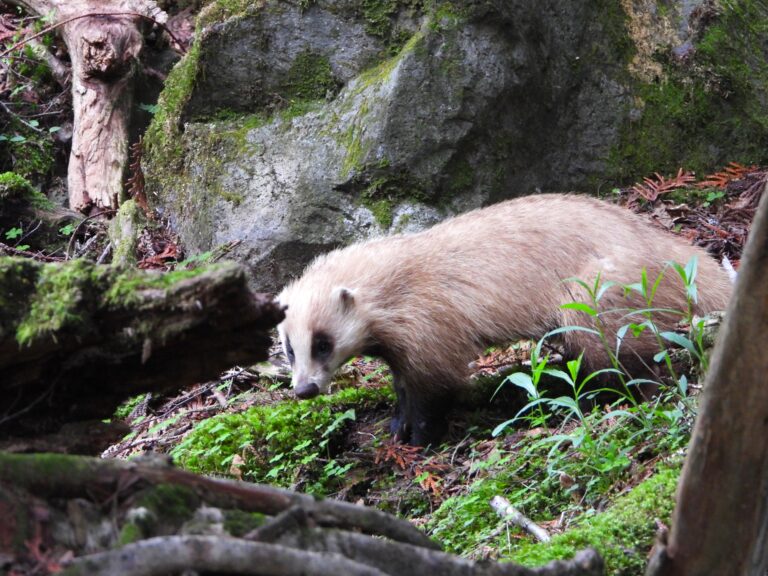Ezo Red Fox (Vulpes vulpes schrencki) – Wildlife of Japan
Introduction
The Ezo Red Fox is the Hokkaido subspecies of the red fox. In Japan it occurs in Hokkaido (it also ranges to Sakhalin and the Kuril Islands outside Japan). Closely related to the Japanese Red Fox (Vulpes vulpes japonica) of Honshu, Shikoku, and Kyushu, this northern form is well adapted to Hokkaido’s harsh winters and has become an icon of the region’s wild landscapes.
→ Read the full profile of the Japanese Red Fox (Vulpes vulpes japonica)
Appearance
A classic red-orange coat with a white tail tip and darker lower legs. In winter the pelage becomes especially dense and plush, often making the fox look bulkier. Overall body size overlaps broadly with the southern subspecies; the most consistent difference is the luxuriously thick winter coat in snowy climates.
Habitat
Widespread across Hokkaido in forests, farmlands, grasslands, coasts, and peri-urban edges. Their presence north of Blakiston’s Line reflects the biogeographic split between Hokkaido’s northern fauna and that of Honshu.
Behavior
Mostly solitary and crepuscular to nocturnal. They use a network of dens and often cache surplus food. As flexible foragers, they switch resources with the seasons and readily exploit human-modified landscapes.
Diet
Generalist omnivores: small mammals (especially voles), mountain hares, birds, insects, and seasonally fruits and other plant matter. In winter they may scavenge fish or livestock carrion. Diet composition shifts with season and habitat.
Reproduction
Breeding in Hokkaido typically occurs from late January through March. After a gestation of about 51–53 days, litters (often 4–6) are born from late March into May. Pups appear at den entrances around 4–5 weeks and are weaned by roughly 8–10 weeks.
Conservation
Globally the red fox is Least Concern, but local issues in Hokkaido include road mortality, disease such as sarcoptic mange, and problems linked to human feeding. Of particular public-health relevance is the tapeworm Echinococcus multilocularis, which foxes can carry and transmit indirectly to people. Municipalities distribute medicated baits to reduce spread; residents and visitors are strongly advised not to feed or touch foxes and to avoid untreated water and unwashed wild produce.
Author’s Impression
This is one of the animals I most hope to see in Hokkaido’s winter. Some individuals habituated by feeding may approach people. They look very cute, but it is important never to touch them or give food. I want to observe them quietly from a respectful distance, respecting their natural behavior and health.








